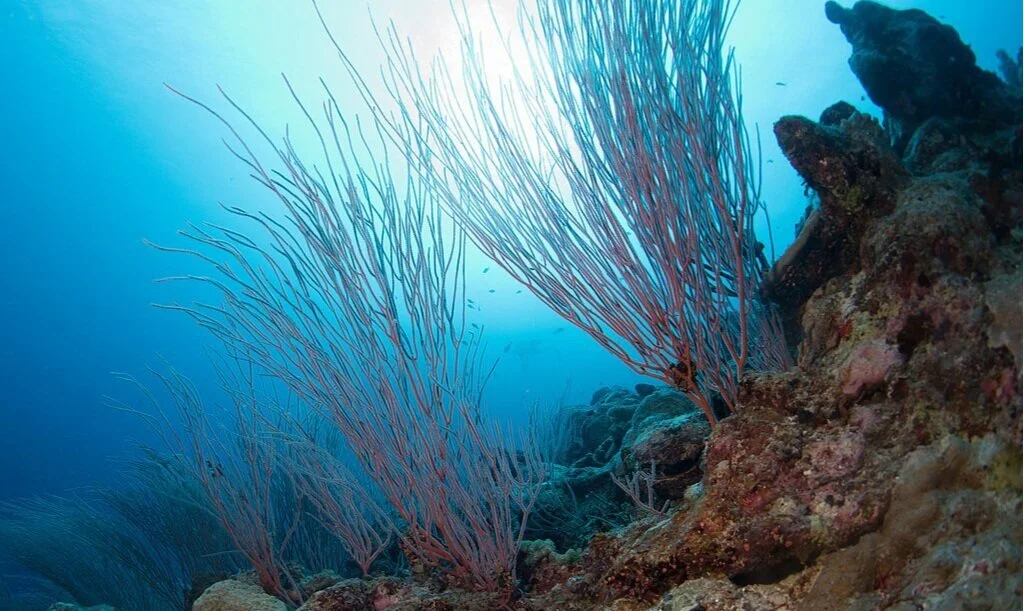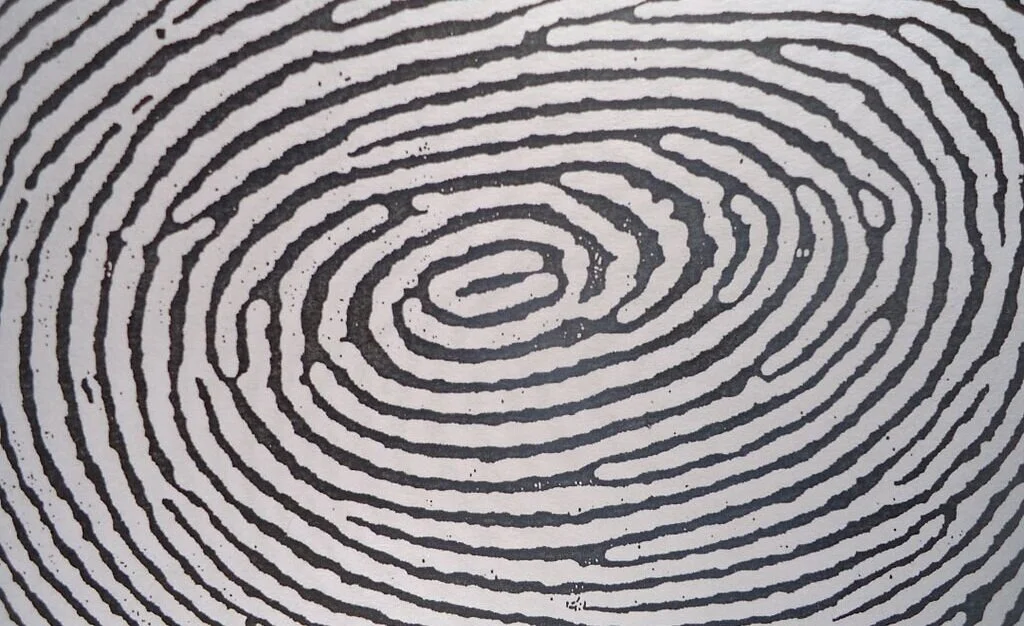The Long-Forgotten Predecessors of Her Deepness, Sylvia Earle
In 1979, Sylvia Earle was the first person to walk, untethered, on the ocean floor. If she looked up, she could see the faint glow of the surface 1,250 feet above her head. Around her, spiraling corals pulsed with blue bioluminescence. Pink, yellow, and red crabs weaved between giant sea-fans. Eels wrapped around the base of corals. “There’s heaven on Earth,” Earle said in an On Being interview. “It just happens to be in the ocean.”
Earle, one of the world’s most celebrated marine biologists, forged the path for the next generation of women in marine biology. In 1970, she led the first group of all-female “aquanauts” on an underwater living experiment called the Tektite II. In 1992, she served as the first female chief scientist for the National Oceanic and Atmospheric Administration (NOAA), and later became the first female explorer-in-residence for National Geographic. Earle is (rightly so) seen as a pioneer in her field; however, her splendid efforts were buoyed by over a century of women who came before her.
In the mid-1800s, aided by the forces of industrialized transportation, women’s environmental imaginations swiftly migrated from inland to the coast. American women created the first “sea-gardens,” exercising their intellect as amateur marine ecologists. Around the same time, English explorer Lady Annie Brassey began asking fresh questions about the nature of the world. These two stories converge in their common spirit and legacy—inspiring women like Earle to ask bolder questions and make deeper dives.
“The stories that women tell about nature matter.”
The origins of the sea-garden craze dates to the turn of the 18th century. As more city-dwelling families took to vacationing up and down the New England coast, interest in the marine specimens of the area grew. Sea lavender, rockweed, seaweed, coral, and shells found themselves transported, steel-hulled, into the cities—and then into the glass tanks in which aquatic “gardens” were carefully cultivated. Such sea-gardens, like the terrestrial garden, may have been a domestic excuse for women to exercise their intellectual curiosity. Photographer and historian John R. Stilgoe made a similar argument in his 1994 celebration of the history and culture of New England’s coast, “Alongshore,” writing, “many well-educated women having mastered the classification of terrestrial plants and inland birds, had determined to demonstrate their intellectual capabilities by making sense of inshore ecosystems.”
Sea-gardening may also have been an excuse for physical adventure as well. In her 1901 “The Sea-Beach at Ebb-Tide,” Augusta Foote Arnold encouraged her readers go adventuring “at the height of great storms to see what deep-water specimens are washing shoreward” and to venture “as deep as one cares to wade” off sandy beaches before collecting. Women up and down the New England coast seemed eager to exercise both mind and body, to push their intellect past the glass ceiling and leave home for a new adventure. And from the porches of their vacation homes, what could be more alluring or mysterious than the vast ocean, a space where few women dared to enter?
Meanwhile on the other side of the Atlantic, one woman did take to the sea. Between 1874 and 1877, the immensely wealthy Lady Brassey and her family set sail around the world on their private steam yacht, The Sunbeam. Lady Brassey wrote extensively during her travels, and her best-selling book, “A Voyage in the Sunbeam: Our Home on the Ocean for Eleven Months,” led Brassey to become a household name across England. In publishing her adventures, Brassey took the sea-garden legacy one step further by providing precedent and inspiration for women across the world to take to the sea and exercise their rights to be both explorer and mother; housekeeper and scientist.
In many ways, Brassey’s accounts “surveyed and domesticated the world for a British and colonial audience,” as University of Exeter historian James Ryan writes. The Sunbeam was a manifestation of British imperial ideals, in which she accumulated and displayed, and perhaps also appropriated and trivialized, the natural histories of her various destinations. When her ship had to be fumigated, she was astonished at the number and variety of items she had collected. “There were forty-eight birds, four monkeys, two cockatoos, and a tortoise,” she exclaims, “besides Japanese cabinets and boxes of clothes, books, china, coral, shells, and all sorts of imaginable and unimaginable things.”
But by recording her experiences in male-dominated realms of oceanographic exploration, Brassey proved that marine exploration was not just men’s work. She climbed aloft when sailing to Tatakotoroa and recorded the sublime exhilaration of a feat usually accomplished by men. When sailing around Patagonia, she saw “truly ‘virgin peaks,’ on which the eye of man has rarely rested, and which his foot has never touched.” She even muses about entering the male-dominated field of cartography. “I believe that in these seas there are many islands marked that have no existence, and that several that do exist are not marked,” she writes around Tatakotoroa. “How much I would like to be one of those officers appointed to the service!”
Brassey brought the natural world to life with her open reverence and curiosity for natural processes, and she set a precedent for female scientific interest. “Human understanding of nature is always constructed as much through emotion, imagination, and received wisdom as through empirical observation,” writes historian W. Jeffery Bolster. “The stories that people tell about nature matter.”
The stories that women tell about nature matter. As is written in the preface to the 1889 edition of “A Voyage in the Sunbeam,” Brassey “hopes that in its present form, her narrative may afford pleasure, and possibly instruction, to a still wider circle of readers.”
This wide readership inspired not just the middle classes but also future generations of women. In Earle’s On Being interview, she credits her early interest in marine ecology to the freedom her parents gave her to explore the seashore. While other parents restrained their children from crouching down next to an insect or a shoreline critter, her parents encouraged her to do just that. “So often, the adults around [their children] will say, ‘Oh, don’t touch that beetle,’ or, ‘Ugh, an earthworm,’ or, ‘Caterpillars, yuck.’ And my parents were different.”
“The phenomenon of collecting that catalyzed the transformation of women from gardeners to botanists to naturalists to scientists has now grown to a point that women oceanographers may now speak eloquently about the harm of it.”
In the interview, Earle widened the scope of discussion from her ocean exploration to how the ocean—and our planet—has transformed in Earle’s lifetime. She brought up the ‘irony of fossil fuels.’ If it were not for the energy that emanates from fossil fuels, our world would never have developed to the point we are at now—a world in which we can understand, down to the minute detail, just how detrimental fossil fuel is. The same idea can be applied to collecting. The phenomenon of collecting that catalyzed the transformation of women from gardeners to botanists to naturalists to scientists has now grown to a point that women oceanographers may now speak eloquently about the harm of it.
The legacies of Brassey and the sea-gardeners bring to mind a new paradox, one that could be named “the irony of coral collection.” These women ushered in a new generation filled with women like Earle who are fiercely independent, unabashedly intelligent, and filled with an unbounded capacity for wonder about the natural world. But along with these admirable traits, women like Brassey also fostered a habit for collection that decimates marine ecosystems to this day. Just as those who first used fossil fuels were ignorant to its danger in the 1800s, it was generally believed that “the sea was impervious to harm … that its treasures were limitless,” as Bolster writes.
Two centuries later, in Earle’s all-female underwater living experiment by the British Virgin Islands, she saw coral reefs crumbling before her eyes. A major driver of coral reef decline is extraction, or the removal of coral. Confused by this cognitive dissonance, one student asked our professor why so much coral was extracted from the fragile reef. “It gets put in gift shops for tourists,” he said. “People like to collect souvenirs from the places they go.” For this reason, Earle has become one of the most outspoken and influential advocates for marine conservation.
This is perhaps the most important reason to study history: It makes one realize that to have a legacy of greatness does not preclude great men and women from being human. Looking back in time allows us both to model our present actions after those who fostered positive change and to ask which harmful vestiges of the past may have clung to our feet soles unnoticed. As Brassey made new strides for women explorers, her acts of collecting and “domesticating” objects from around the world also kept feelings of England’s supremacy alive. Today, Earle is called “Her Deepness” by many, a nickname that is both supposed to demonstrate affection and admiration for her work. But at the same time, it trivializes and domesticates Earle and her accomplishments, just as Brassey trivialized the objects she collected. Would a man be called “His Deepness” if he had made the same feat? No, he would have been respected without his gender being proclaimed a novelty.
Colonial fervor, female exclusion, and white supremacy are still all-to-present in the sciences, ideas that only agitate the habits that harm marine ecosystems to this day. Deep, fundamental shifts in the way science is performed is necessary to steward our oceans. But thanks to Her Deepness, Lady Brassey, and the many sea-gardeners, this next generation of marine oceanographers may just be up to the task.
Further Reading
Butler, Henry D. Family Aquarium; New Pleasure for the Domestic Circle, 1858. New York: Dick & Fitzgerald. Natural and Physical Sciences; Aquariums, Smithsonian Libraries.
Hibberd, Shirley. The Book of the Marine Aquarium. London: Groombridge, 1860.
Leitch, Alexandra. Travel Lens: The Legendary Sylvia Earle. National Geographic, National Geographic Partners, Inc., December 5, 2013.
Norling, Lisa. “‘How Frought with Sorrow and Heartpangs’: Mariners’ Wives and the Ideology of Domesticity in New England, 1790-1880,” New England Quarterly (1992).
Image credit: Soft coral by Mantas Vidutis, 2017 (Wikimedia Commons | CC BY 3.0)






